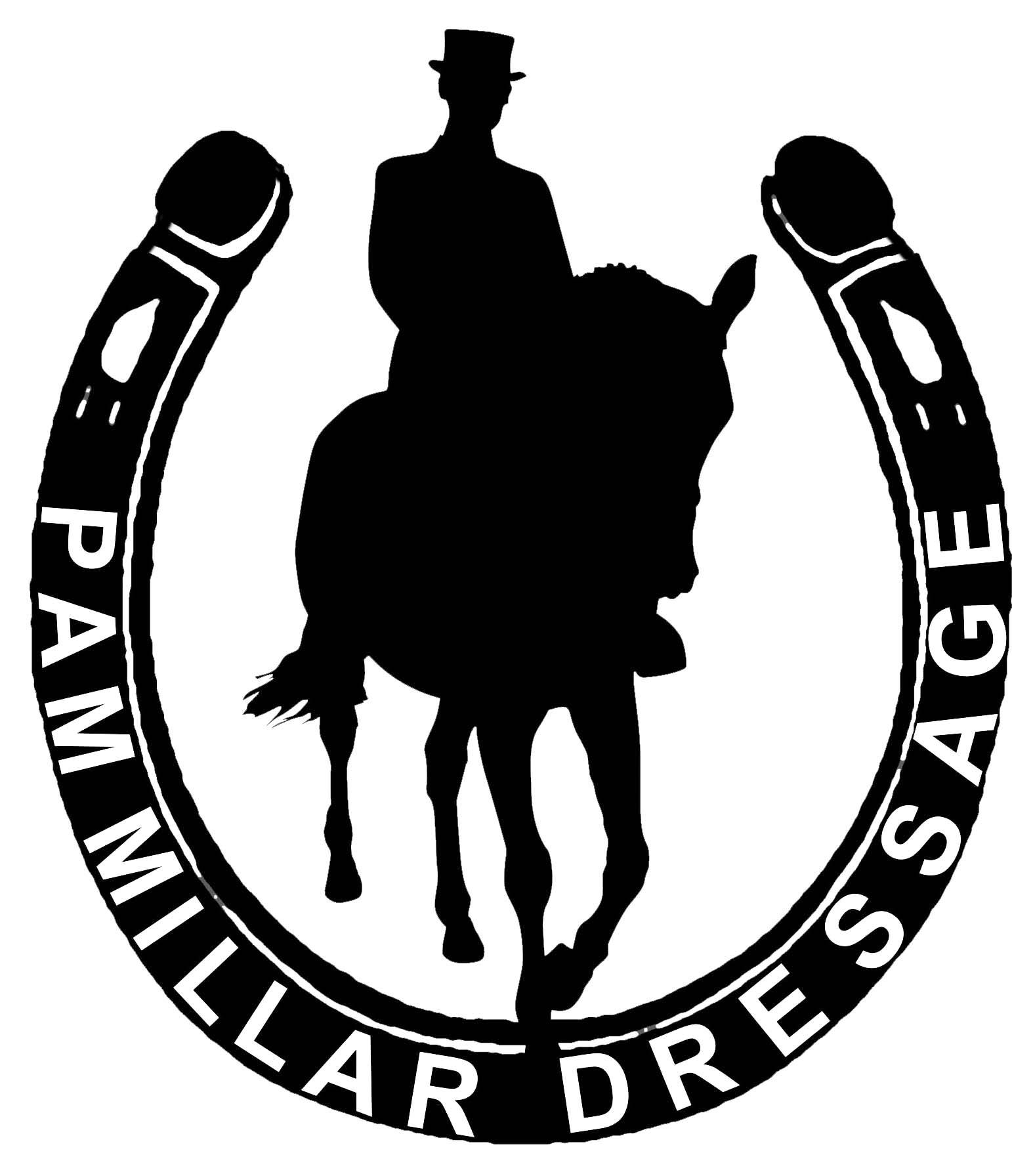
Dressage Trainer
Classical, sympathetic, personalised training
for you and your horse
Mobile: 07740 116 336
Home: 01651 872613
 |
Pam Millar
Dressage Trainer
|
Classical, sympathetic, personalised training for you and your horse
|
Contact:
Mobile: 07740 116 336 Home: 01651 872613 |
A British Dressage Accredited Trainer
The Importance of Bending (click on "training tips" above for more)
(as printed in the Herald )
BENDING and suppleness are key to the athleticism of the horse and are achieved through relaxation, rhythm and straightness. A horse that does not bend is less balanced, less manoeuvrable and less pleasurable to ride than a horse that bends softly around the riderís leg.
In order to bend, a horse must stretch the muscles on one side of his body and simultaneously contract the muscles on the other side in order to maintain straightness through the bend. He must step underneath himself with his inside hind leg. If he doesnít, he might lean into the bend like a motorbike or he may swing his quarters out, or fall in with his shoulders.
The rider must also position his or her body correctly to enable the horse to bend. From the waist, the upper body turns to the inside and the arms held close to the rib cage. Place slightly more weight on the inside seat bone and inside heel, pushing down with the inside knee. The outside leg should be moved slightly back, from the hip, to prevent the quarters swinging out and help them to follow the same track as the shoulders. By placing the upper body correctly, the hands are automatically placed in the correct position Ė outside hand against the neck and inside hand opened in the direction of movement.
Circles, loops, serpentines and spirals all help in improving bend. To ride an accurate circle, choose the start point and create just the right amount of bend to match the size of circle - the smaller the circle, the greater the bend in the horse, and finish the circle at the same point that it was started.
Loops are ridden along the long side of the arena, by leaving the track shortly after the corner and steering the horse smoothly away from the track with soft inside bend, straightening at the mid point of the long side and creating the new bend to take him smoothly back to the track, before creating the inside bend again for the corner. The depth of loop can be varied, i.e. going to the quarter line or centre line or making it even shallower.
Serpentines are a progression from loops. Starting from the mid point of the short side of the school with clear inside bend into the first loop, straighten the horse across the centre line (perpendicular to the long side) then pick up a new bend for the next loop.
The number of loops ridden can be varied according to how many the horse can cope with, and the size of the school. Riding loops is good way to prepare for steering through a twisty show jumping or cross-country track.
When spiralling, begin by riding a circle of approx 20m then gradually increase the bend, hence making the circle smaller. Maintain the smaller circle briefly, then apply a little more inside leg and seat-bone and leg-yield the horse back out to the bigger circle. Maintain the outside rein contact to prevent the outside shoulder from falling out.
All these exercises ridden accurately with correct riderís position help the horse to become more supple, and more balanced, building up his athleticism for work in any discipline.